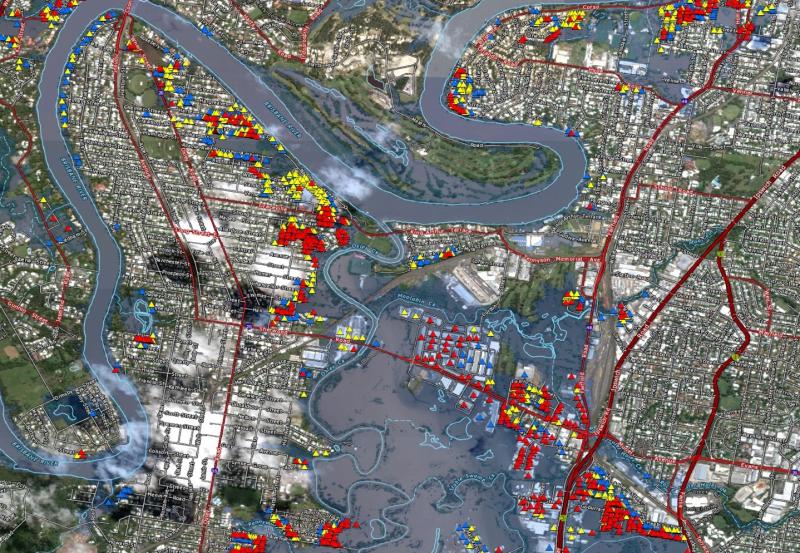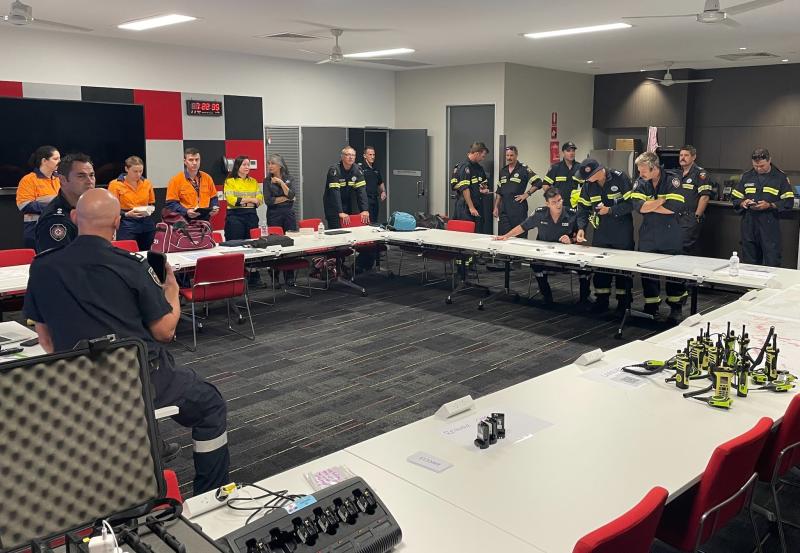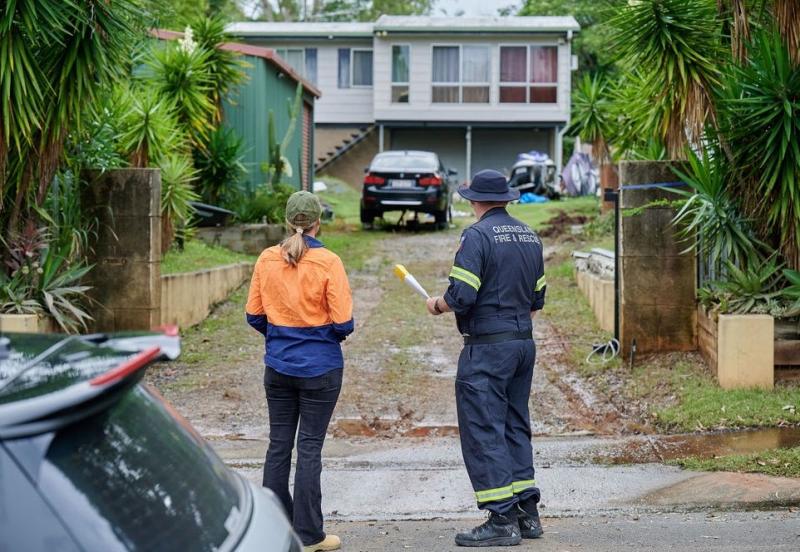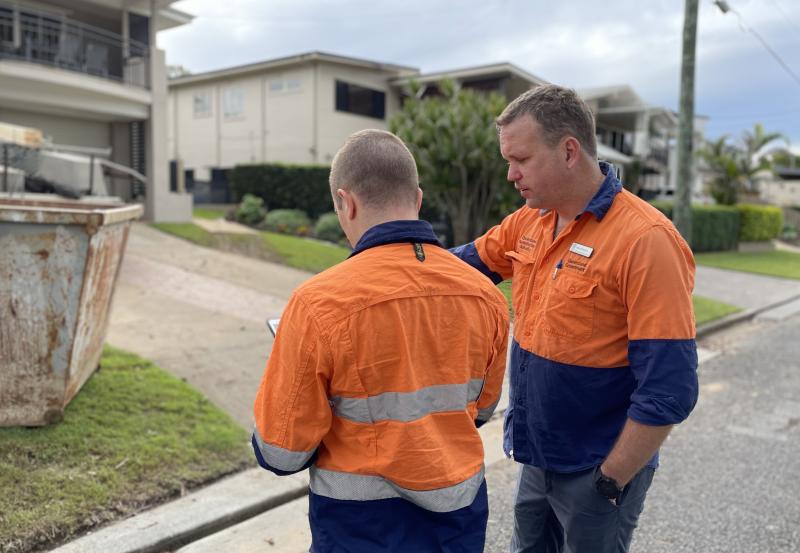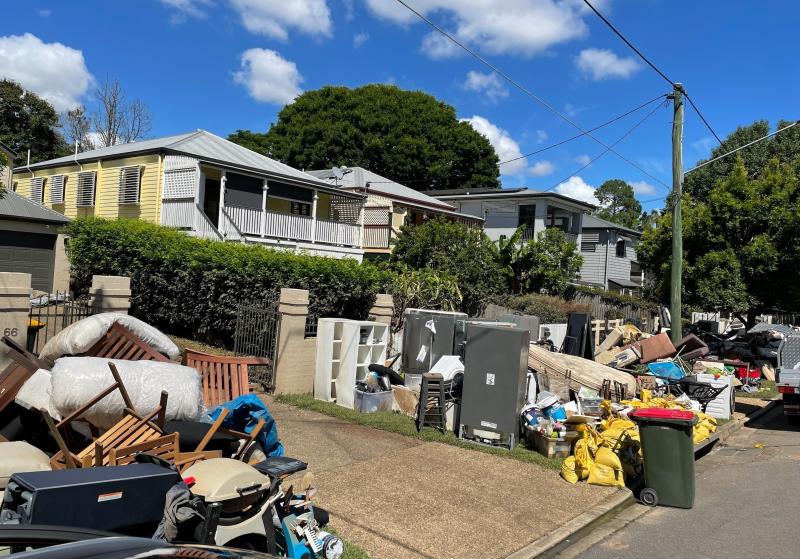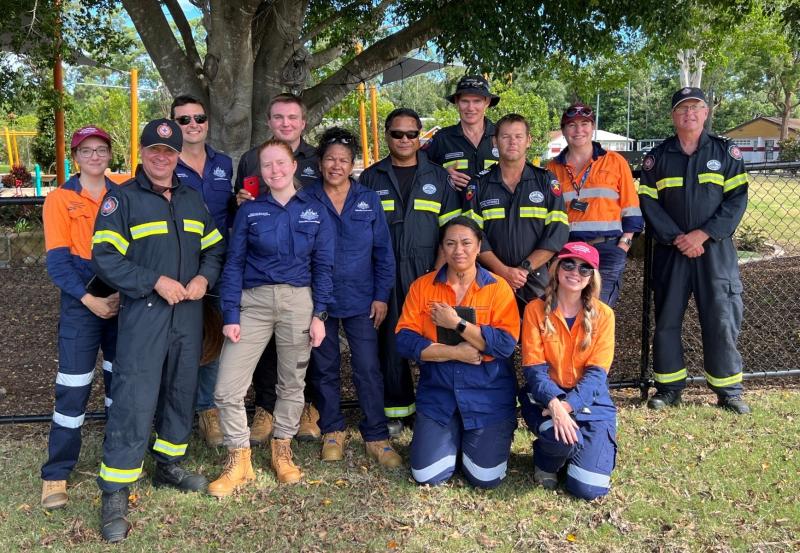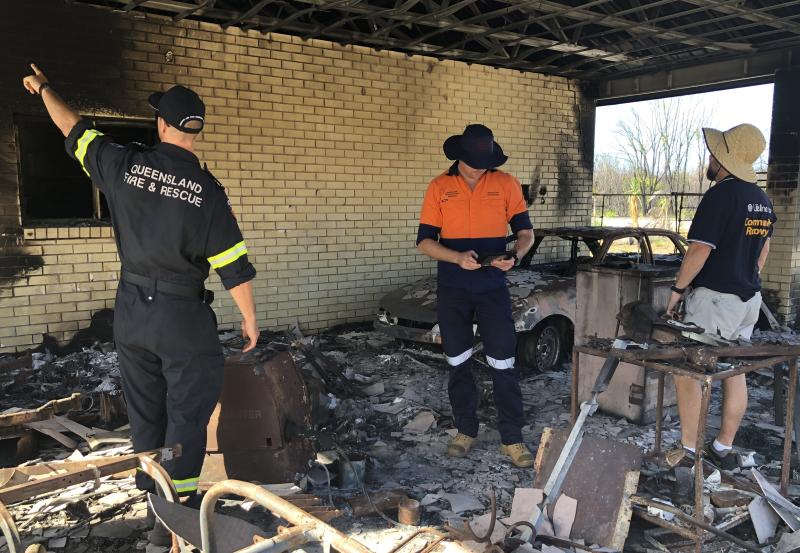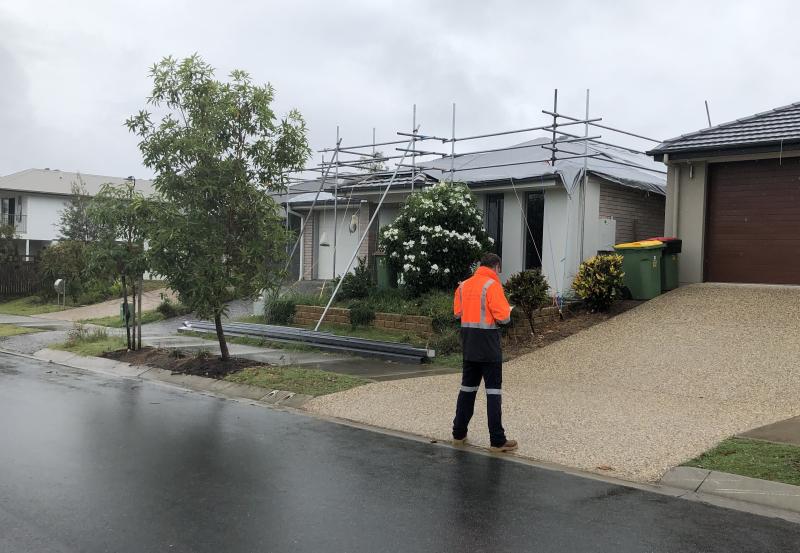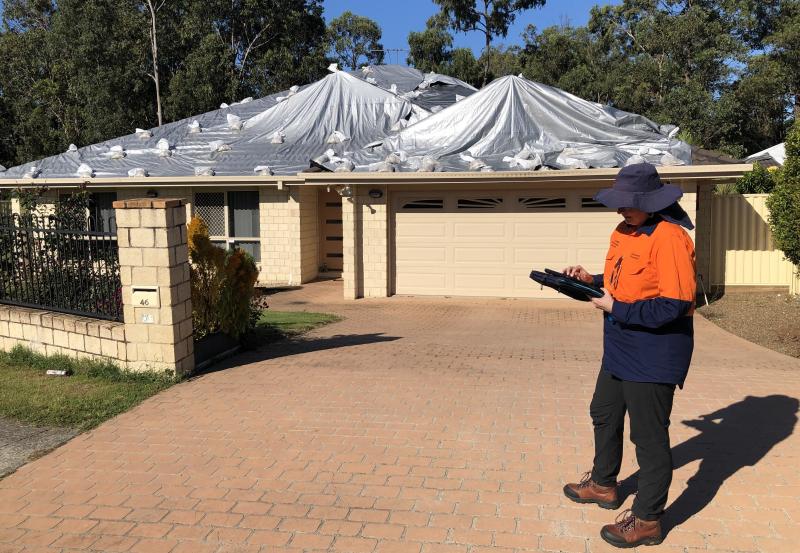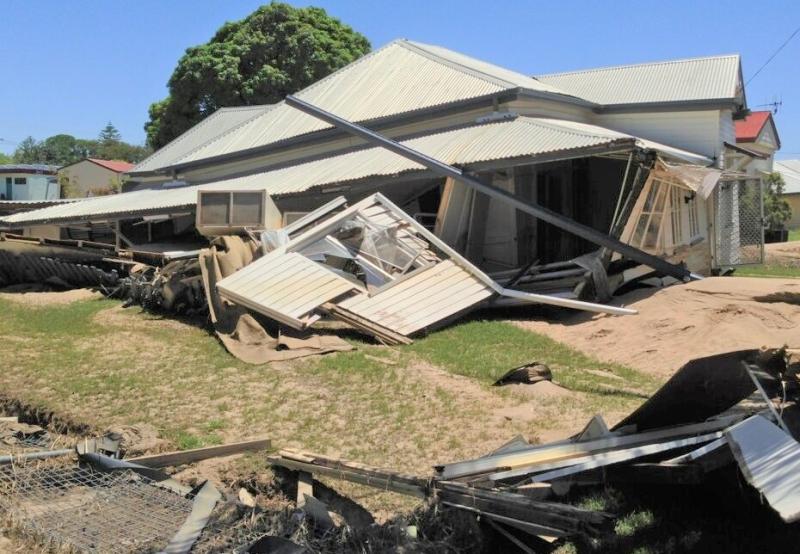About Reconstruction Monitoring
QRA introduced Reconstruction Monitoring in 2011 following an extreme summer of disasters that saw widespread flooding and Severe Tropical Cyclone Yasi devastate much of Queensland.
Reconstruction Monitoring is one of the main ways QRA monitors and supports reconstruction and recovery after a severe natural disaster or significant weather event.
In the wake of such events, QRA periodically visits impacted communities to monitor and record the progress of reconstruction and recovery.
These visits follow initial assessments by Queensland Fire Department (QFD), which are completed in the immediate aftermath of a major disaster.
QFD damage assessments are usually conducted 3-14 days after an event, with the information collected shared with QRA to continue ongoing Reconstruction Monitoring.
This vital work makes sure any Queenslander who's home has been damaged by a disaster receives every bit of support they need to recover.
What does it look like?
QRA officers, together with support from other state agencies and non-government organisations, revisit properties identified by QFD as damaged as part of their rapid damage assessments conducted in the initial days after a severe disaster event.
During Reconstruction Monitoring, officers conduct street by street, house by house inspections to record the progress of reconstruction and recovery.
During assessments, information is collected on the current level of visible damage to a property, including structural elements of a building and habitable areas within a home.
As part of this work, officers also talk to residents about the status of repair works, insurance matters, and their ability to access financial support, allowing QRA to identify vulnerable Queenslanders who require additional support.
How is the information used?
After the information is collected and verified, it's shared with impacted councils, relevant state agencies, the Commonwealth, and other stakeholders like insurance and building industry bodies.
The data captured and distributed informs reconstruction and recovery efforts, and ensures assistance is delivered where it's needed and no one falls between the cracks.
